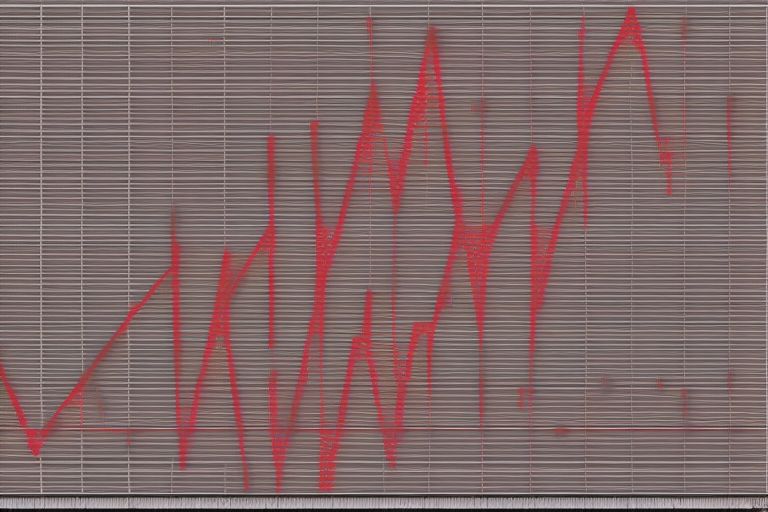Visual Representation of Data Can Be Misleading
Representing data visually has its advantages but it is important for users to keep in mind that these visuals can also be misleading if not interpreted correctly or if they contain bias or inaccuracies due their design or presentation format.
Dec. 22, 2022 8:42PM
Generated in 21.1 seconds

A graph showing inaccurate linear trend lines with red X's over them
Data representation in visual form can be a useful tool for making sense of information, but it is important to remember that it can also be misleading. While visual pattern recognition may seem like an advantage, it can actually lead to misinterpretations and inaccurate conclusions. Visual representation of data often relies on the use of graphs and charts, which are designed to make complex information easier to understand. However, these visuals can be manipulated in order to present a certain point of view or emphasize certain aspects of the data. This means that the user must be aware of potential biases when interpreting the data. Additionally, even when not manipulated, some types of visual representations may obscure important details or relationships between variables. For example, scatter plots are often used to show relationships between two variables; however, they may not always accurately reflect trends or correlations between those variables. Furthermore, there is evidence that humans have difficulty accurately interpreting visuals such as graphs and charts due to cognitive biases and other factors. For instance, people tend to overestimate linear trends in data when presented with a graph instead of raw numbers; this could lead them to draw incorrect conclusions about the underlying data. Similarly, people tend to focus more on individual points than overall patterns when looking at graphical representations; this could lead them astray if there are outliers or other irregularities present in the data set being examined. In conclusion, while representing data visually has its advantages – namely providing an easier way for people to interpret complex information – it is important for users to keep in mind that these visuals can also be misleading if not interpreted correctly or if they contain bias or inaccuracies due their design or presentation format.